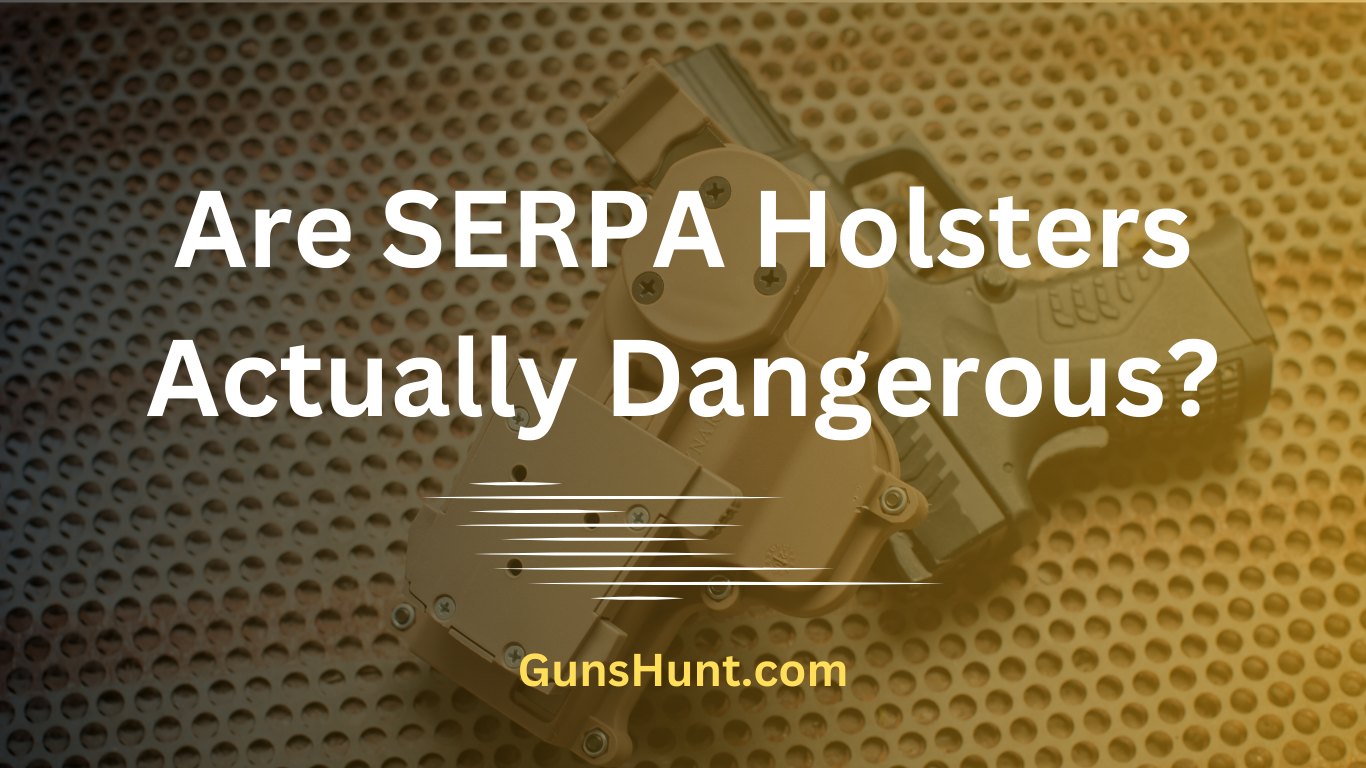In recent years, the SERPA holster has become a subject of significant controversy within the law enforcement and shooting communities
Many have questioned the safety features of this specific design, leading some organizations to outright ban its use.
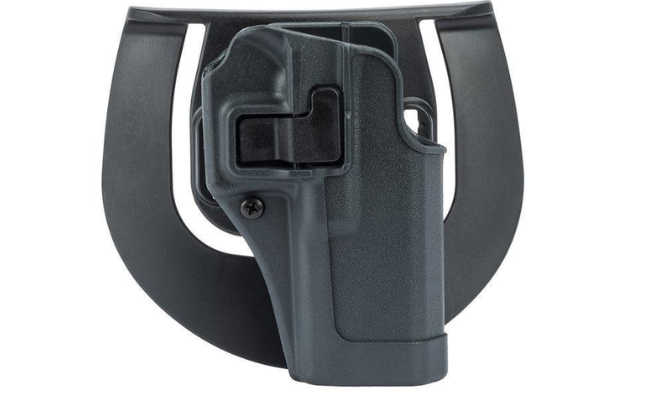
But what exactly has caused the SERPA holster to face such scrutiny? In this article, we will explore the reasons behind the ban, examine the claims regarding its safety, and consider the implications for those who continue to use it.
Why Are Serpa Holsters Banned? -Detail Answer
SERPA holsters have been banned by various law enforcement agencies and shooting ranges primarily due to safety concerns.
The primary issue revolves around the retention mechanism that the holster employs. The SERPA design features a button on the side of the holster that must be depressed to release the firearm. This button is situated near the trigger guard, and therein lies the crux of the controversy.
In high-stress situations or while drawing the weapon quickly, there is a risk that the user’s finger could inadvertently slip onto the trigger while attempting to depress the release button.
This could result in an accidental discharge of the weapon, leading to injury or death. Such incidents have occurred in the past, raising questions about the fundamental safety of the design.
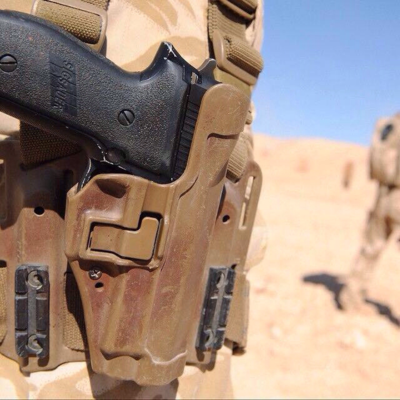
Furthermore, mud, dirt, or debris can jam the SERPA holster’s retention mechanism, potentially making it difficult or impossible to draw the weapon when needed.
This has raised additional concerns for those who may rely on the holster in various environments, from shooting ranges to tactical scenarios.
Due to these safety issues, some dangerous concerns, many training programs, law enforcement agencies, and military units have opted to ban the use of SERPA holsters during their operations and training exercises.
The bans are often put in place as a precautionary measure to minimize the risk of accidental discharge and other safety hazards.
What is serpa?
The SERPA holster is a type of gun holster developed by Blackhawk, a company specializing in tactical and military equipment. SERPA stands for “Sportster Auto Locking Holster.”
The unique feature of SERPA holsters is the active retention mechanism, designed to secure the firearm in place and prevent it from being accidentally dislodged or taken by another person.
The retention mechanism usually involves a button located near the trigger guard of the firearm. To draw the gun, the user must press this button, which releases the locking mechanism and allows the gun to be pulled out of the holster.
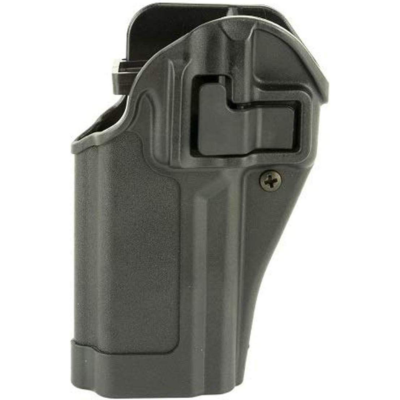
This is intended to provide an added level of security, ensuring that only someone familiar with the SERPA design would be able to draw the firearm.
However, this design has been subject to controversy and has been banned by some law enforcement agencies, military units, and shooting ranges due to safety concerns, particularly the risk of accidental discharge when drawing the weapon.
Critics argue that the placement of the retention button near the trigger can lead to unintentional firing if the user’s finger slips onto the trigger while attempting to press the button. There are also concerns that the mechanism can jam if dirt or other debris gets into it, preventing the gun from being drawn when needed.
The Safety Concerns Surrounding SERPA Holsters
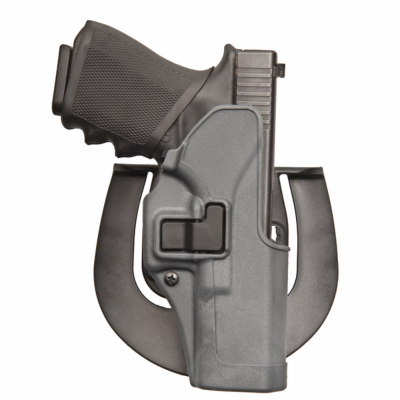
Accidental Discharge Risks
SERPA holsters feature a retention mechanism that requires pressing a button near the trigger guard to release the firearm. In high-pressure situations, the proximity of this button to the trigger increases the risk of accidental discharge.
Numerous incidents have been reported where users, in haste or under stress, pressed the trigger instead of the retention button, leading to unintended firing of the weapon.
Environmental Factors
Another issue is the susceptibility of the SERPA holster’s retention mechanism to environmental debris like mud, sand, or dirt. When foreign materials get into the mechanism, it can become jammed, making it difficult to draw the weapon in urgent situations. This poses an operational hazard, especially for law enforcement officers and military personnel who may find themselves in less-than-ideal conditions.
Training Complications
Training protocols with SERPA holsters introduce another layer of complexity. The specific action required to release the firearm is not always intuitive and can lead to mistakes, particularly for those new to the design. This learning curve has been cited as a reason for the holster’s ban in various training programs.
Comparative Safety of Alternatives
There are several alternative holster designs on the market that do not feature the controversial button mechanism.
These designs, which often employ passive retention features or different types of active retention that are not located near the trigger, are considered safer by many experts in the field.
Official Statements and Policies
Various official bodies, including law enforcement agencies and firearm training institutions, have released statements concerning the risks associated with SERPA holsters. These often precede official bans, reinforcing the notion that the design is fundamentally flawed in terms of safety.
The Legal Implications
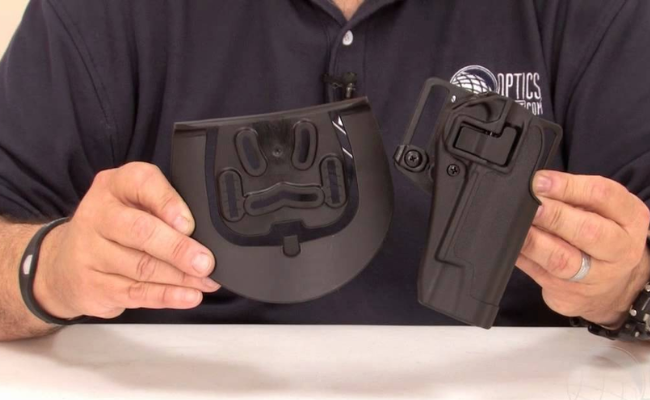
Lawsuits and Liability
The SERPA design has been at the center of several lawsuits, where accidental discharges have led to injuries or fatalities. Legal action against both the users and the manufacturer has further intensified the scrutiny surrounding these holsters.
Insurance Concerns
Given the risks associated with accidental discharge, insurance companies have started to reconsider policies that cover SERPA holsters. This has financial implications for both individual users and organizations.
Regulation and Certification
Questions have been raised about whether SERPA holsters meet the safety standards and regulations set forth by governing bodies. A lack of certification could potentially limit their use even further.
Legal Precedents
Court cases involving SERPA holsters have set precedents that influence how the product is viewed legally. These cases often serve as references in new lawsuits, making it increasingly challenging for the design to shake off its negative reputation.
Future Legislation
Ongoing discussions in legal circles suggest that there could be future legislation specifically targeting the design features that make SERPA holsters risky. If such laws are enacted, it could lead to a more widespread ban.
Conclusion
The SERPA holster, initially developed for added security and quick access to a firearm, has instead become a topic of controversy and scrutiny.
Its unique retention mechanism, although designed for security, has been implicated in accidental discharges and operational failures. As a result, multiple law enforcement agencies, military units, and training facilities have chosen to ban its use.
Legal implications, from lawsuits to insurance concerns, have also escalated the debate surrounding this particular holster design.
While some continue to advocate for the SERPA holster, citing proper training as a solution to its drawbacks, the overall trend appears to be leaning towards skepticism and caution.
As of now, the SERPA holster serves as a compelling case study in how a well-intentioned design can lead to unintended consequences, prompting intense debate within both legal and firearms communities.

